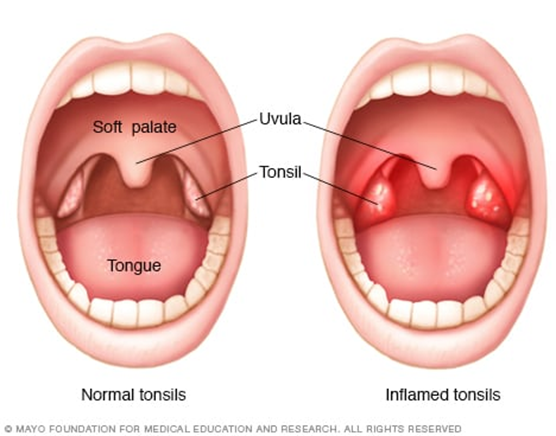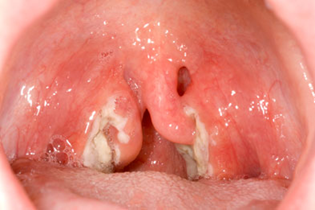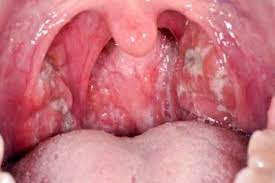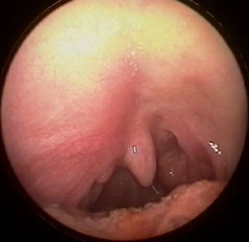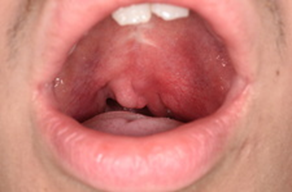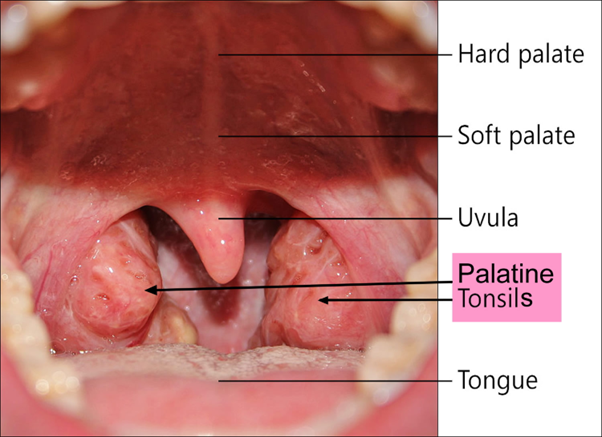Is it tonsillitis? How would you know?
You look into your throat at the bathroom mirror with your phone torch. Red, raw, with some ulcers on the tonsils. It's a throat infection.
Shall I call the doctor, or will they just say “it’s viral, take paracetamol”?
Well, based on statistics, the vast majority of throat infections are viral.
Let me give you an insider view on how the doctors think and what you are likely to hear from them.
Most doctors work by what is called the Centor criteria.
